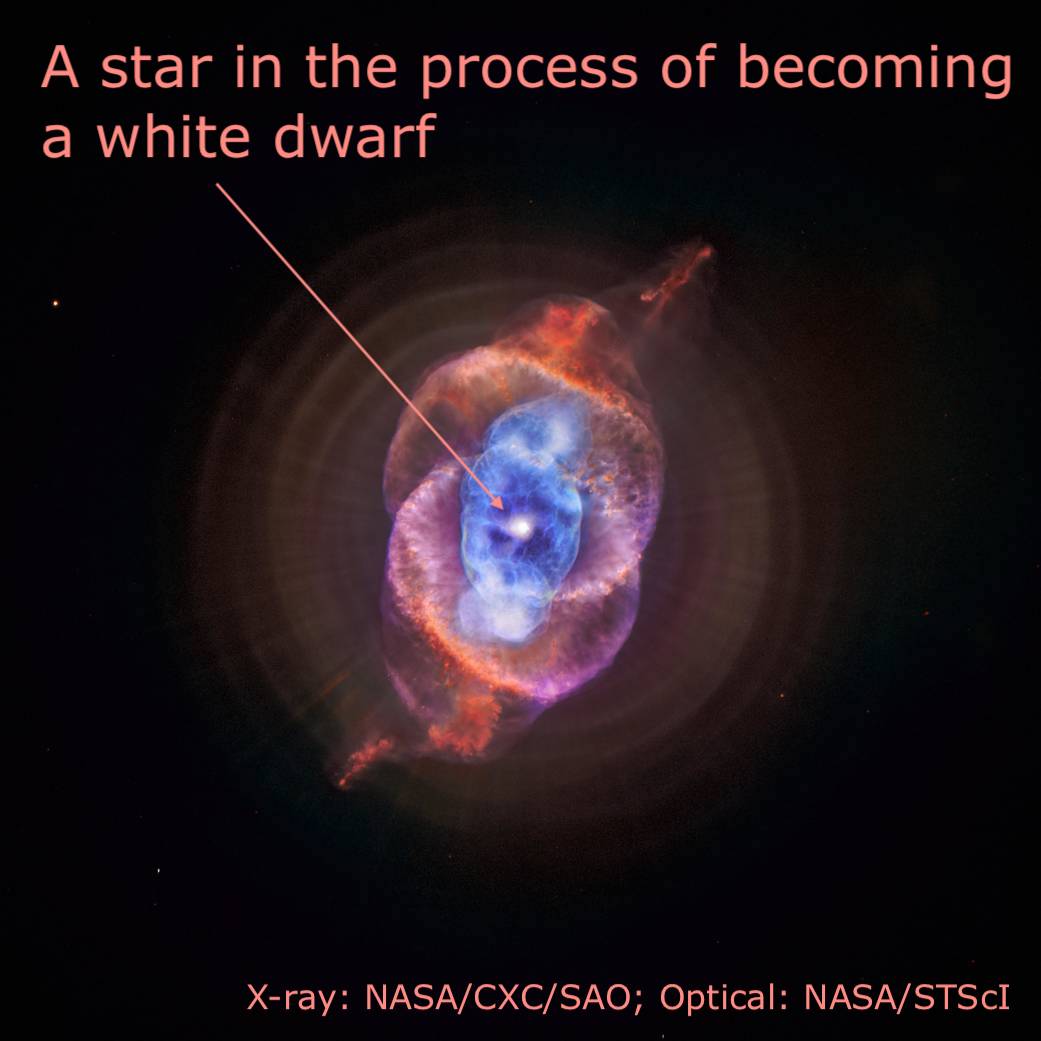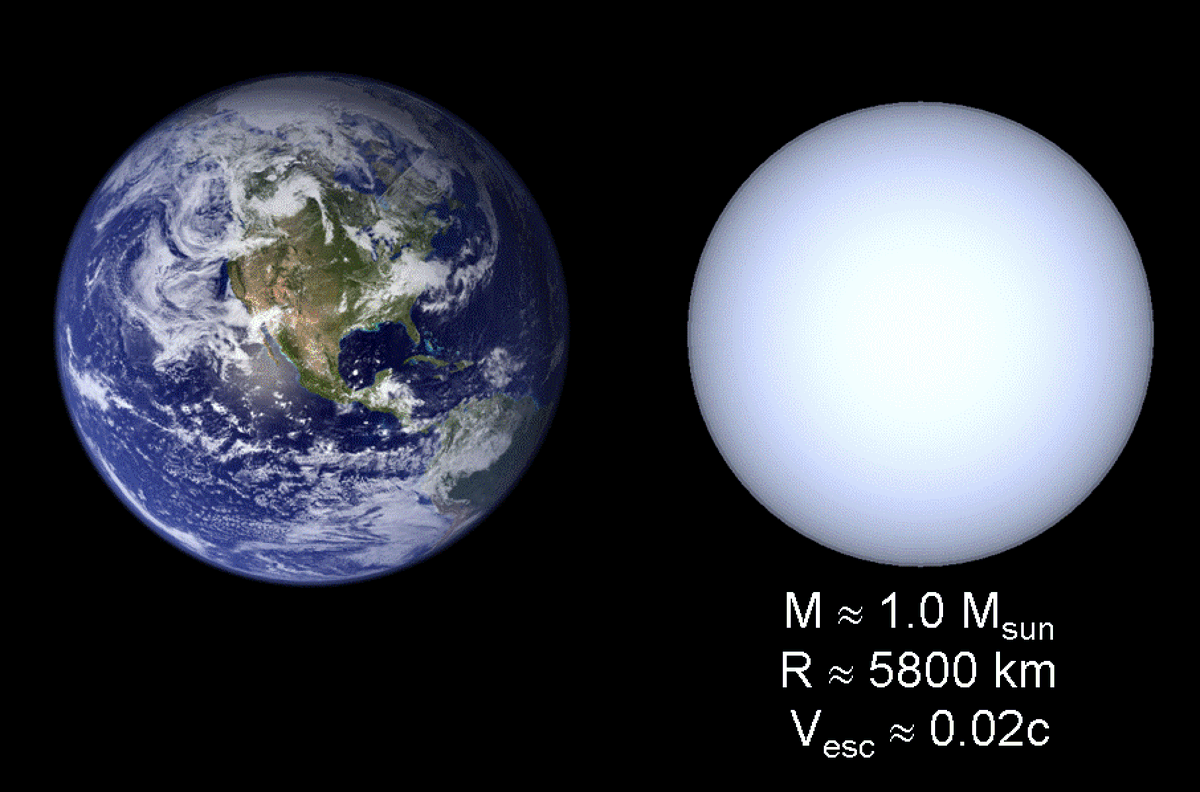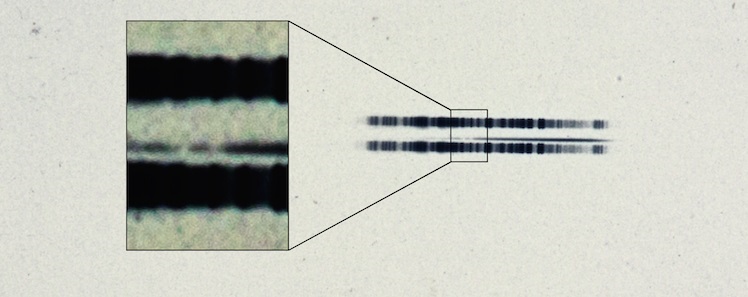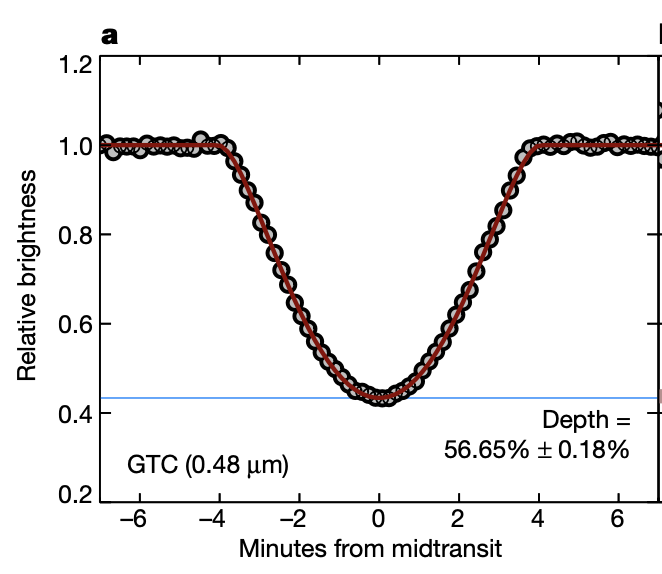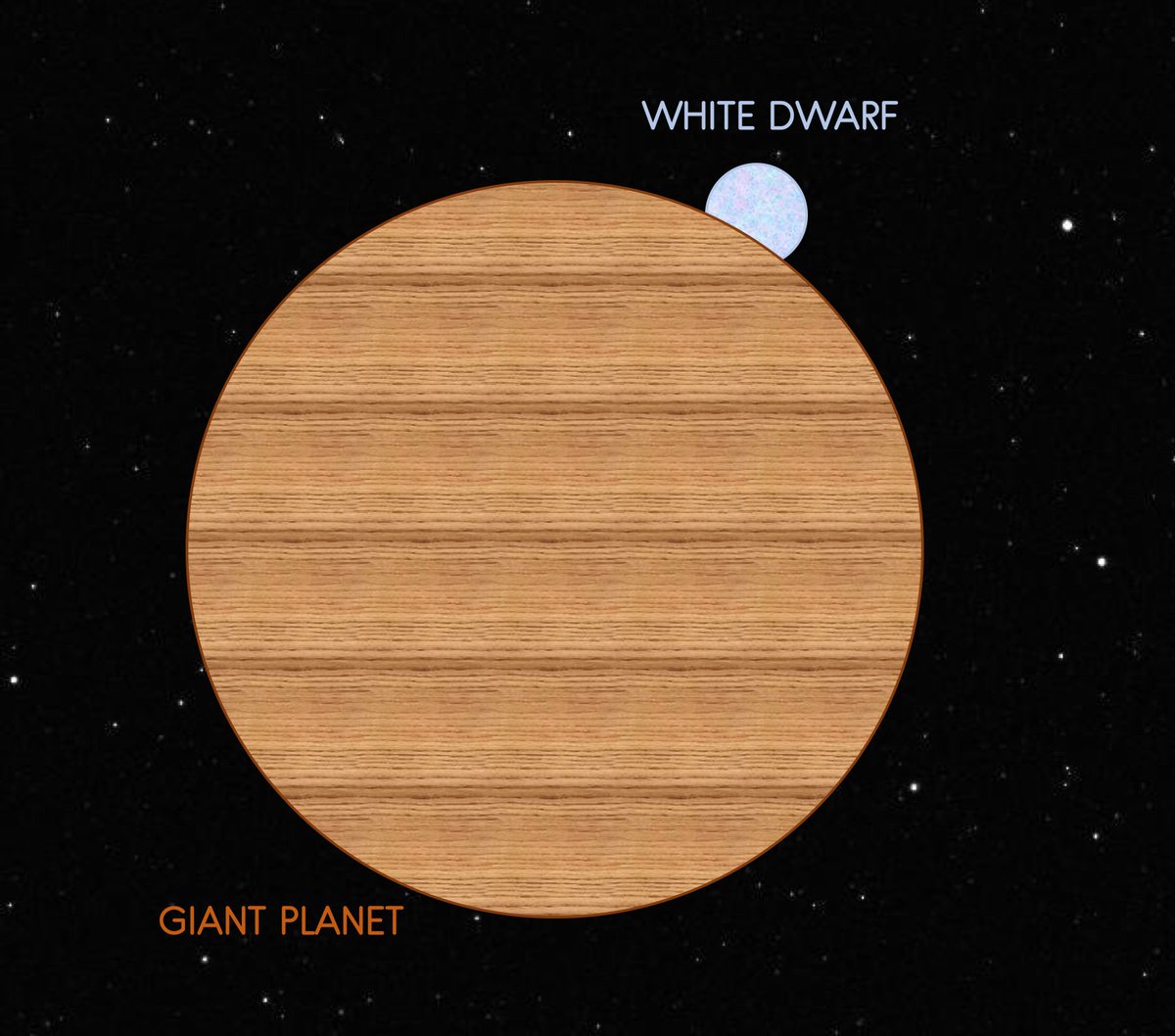We have a new exoplanet announcement this morning – no, it’s not phosphine, or aliens!!! :D It’s the first planet found orbiting a white dwarf host star!
Okay what does that mean and why is it cool (literally and figuratively!). https://www.nature.com/articles/s41586-020-2713-y">https://www.nature.com/articles/...
Okay what does that mean and why is it cool (literally and figuratively!). https://www.nature.com/articles/s41586-020-2713-y">https://www.nature.com/articles/...
White dwarfs are remnant cores of stars like the Sun after they’ve used up all their hydrogen and helium. Our Sun will become a white dwarf in ~5 billion years, or what will feel like roughly another two months of 2020.
Time is relative.
Time is relative.
The inner planets (Mercury, Venus, and possibly Earth) will be engulfed as the star balloons up to a red giant, rapidly burning through its remaining reserves of fuel. Then it will puff off those outer layers to become a planetary nebulae!
Left behind will be a small, cooling hunk of carbon and oxygen. How small? Very small. Today’s white dwarf, WD 1856+534 , is about 1.3% the size of the Sun. You know what else is about that size? The Earth.
(Graphic of a typical white dwarf from http://www.astronomy.ohio-state.edu/~pogge/Ast162/Unit3/extreme.html)">https://www.astronomy.ohio-state.edu/~pogge/As...
(Graphic of a typical white dwarf from http://www.astronomy.ohio-state.edu/~pogge/Ast162/Unit3/extreme.html)">https://www.astronomy.ohio-state.edu/~pogge/As...
The planets beyond Earth’s orbit will undergo significant dynamical instability as the mass distribution of the whole centre of the solar system is rearranged. Which ones will survive? Which ones will be kicked out? Which ones will be kicked IN?
We have found rocks (planetesimals, mini-planets) and debris orbiting white dwarfs before, hints of previous planetary systems disrupted and destroyed by the spectacular orbital dance of a system flung into gravitational disarray. https://www.nasa.gov/ames/kepler/nasa-k2-finds-dead-star-vaporizing-mini-planet">https://www.nasa.gov/ames/kepl...
In fact, our very first evidence of exoplanets can now be traced back to a white dwarf spectrum from 103 years ago, showing pollution of the star’s surface by heavy elements that could only be there if it had recently eaten some big rocks!
(Ask @newtomato about the rediscovery!)
(Ask @newtomato about the rediscovery!)
With @NASA& #39;s TESS mission, we found that WD 1856 was being eclipsed by something every 1.4 days. But this was something BIG. The eclipses were huge, >50% deep. That was exciting! Here’s the TESS data from our paper. Preeeetty! Also, v-shaped, so something was just grazing by.
In fact, it was a giant planet!!! (Actually, right on the border between a giant planet and a brown dwarf). Here’s my terrible graphic of their relative sizes. Yes those are powerpoint textures. The planet is ~7 times the size of the star. #notanillustrator
Somehow, this planet survived! Was it like the giant planets of our solar system, forming far out from the star, surviving the red giant expansion, before being chaotically flung inwards? What planetary siblings were lost on the way?
WD 1856 b, as it is now known, is really interesting. For one thing, it’s quite cool (only 165K, despite its proximity to the white dwarf!), and it’s a good target for atmospheric observations (via transmission spectroscopy). That’s a rare combination right now!!!
Also, it gives us tantalizingly more information about what might befall our own solar system, in five billion years. Will Jupiter or Saturn survive the Sun’s big show? Will Earth?! Maybe WD 1856 b will help us find out!
Look, when we designed the new @NASAExoArchive overview pages, we weren& #39;t counting on planets that were bigger than their stars.  https://abs.twimg.com/emoji/v2/... draggable="false" alt="🤣" title="Lachend auf dem Boden rollen" aria-label="Emoji: Lachend auf dem Boden rollen"> (Stars are scaled to fill the graphic height, planets some fraction thereof.)
https://abs.twimg.com/emoji/v2/... draggable="false" alt="🤣" title="Lachend auf dem Boden rollen" aria-label="Emoji: Lachend auf dem Boden rollen"> (Stars are scaled to fill the graphic height, planets some fraction thereof.)
But now it& #39;s Exoplanet Archive-official!
https://exoplanetarchive.ipac.caltech.edu/overview/WD%201856+534">https://exoplanetarchive.ipac.caltech.edu/overview/...
But now it& #39;s Exoplanet Archive-official!
https://exoplanetarchive.ipac.caltech.edu/overview/WD%201856+534">https://exoplanetarchive.ipac.caltech.edu/overview/...

 Read on Twitter
Read on Twitter